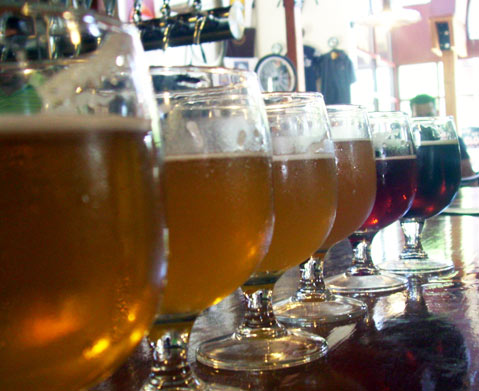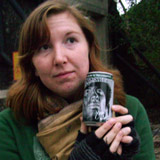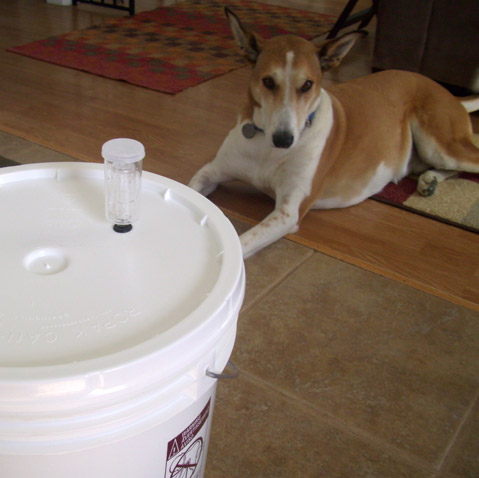Welcome to the Brewer’s Blog
Brew Day Eve: Travels with Barley

Hello. I’m Emily. I’m super lucky because I get to sharpen my writing chops as an intern here at The Santa Barbara Independent while simultaneously developing a long-envied skill: beer making. Over the next few weeks, I will be chronicling the adventures and fate of my first batch of home brew. In addition to describing brewing and racking methods, I’ll be giving recommendations for good styles and brands to try, as well as sharing beer history and pertinent factoids. Since I imagine that a lot of you out there in the readership have excellent taste and possibly a lot of brewing experience, if you have recommendations for beers to try, books to read, or future recipes I should attempt, please comment!

The ingredients are all prepared for my Nut Brown Ale: a bottle of malt syrup, a vacuum pack of dry yeast, and a bag of hops. I’ve unloaded my kit from the closet and taken it apart and examined it piece by piece. Tomorrow is the day.
Entering the world of brewing feels a bit like traveling through a beautiful city, then going home and trying to replicate it with acrylic paints and Popsicle sticks. I know how things are supposed to be, but it remains to be seen whether or not I’ll be able to put together something sumptuous with my humble supplies.
I’m trying to take Charlie Papazian’s advice as I read through his introduction to The Complete Joy of Homebrewing: “Relax. Don’t worry. Have a homebrew.” I don’t have a homebrew to drink yet, though. I do have a bottle of Pranqster waiting for me in my fridge, and that will have to do.
Beer is thought by many to be a “man’s world.” Authors and historians have found, however, that women have been the primary beer brewers throughout the bulk of history. If you don’t believe me, check out Fermenting Revolution by Chris O’Brien and A History of the World in Six Glasses by Tom Standage. If you do believe me, read them anyway. Reading these books gave me the confidence to know that when I begin brewing, I will be carrying on a well-established tradition.
When I spent my junior year of college in Copenhagen, beer became my main recreational focus. I spent three weeks immersing myself in Danish vocabulary to get a job at Ølbaren, rated number 10 on ratebeer.com’s list of top beer bars. I gave up trying for the job — Danish, apparently, can’t be learned in three weeks — but I did continue to learn everything I could about beer. I took side trips to Belgium, where I visited the Trappist breweries of Chimay and Achel, and Germany, where I sat in Bavarian beer halls inhaling the pungent aroma of Doppelbock over baskets of soft pretzels.

When I returned, finally 21 years old and able to sample beyond what was in my parents’ mini-fridge, I was dazzled at the quality to be found in American microbrew. I was grateful that my first experiences with alcohol, in lieu of wine coolers and malt liquor, had been Firestone Double Barrel Ale and Clos Pepe pinot noir. My tastes were — and are — not financially sustainable. The economy of home brewing appeals now that I’ve got some space, time, and supplies; and the artists around me in North County and the experiences I’ve had will inform the process.
My single experience in home brewing was as an “apprentice” to a friend. We brewed a chocolate espresso stout over the course of about a month. We steeped nylon bags of different ingredients he had ordered in the wort (unfermented beer). His selections were based on his creativity and experience. He wasn’t working from a kit the way I will be. It will take some practice for me to be able to take such liberties, but it is what I aspire to do someday. My goal on this maiden voyage is to follow the directions without messing up, which shouldn’t be too hard … in theory.



